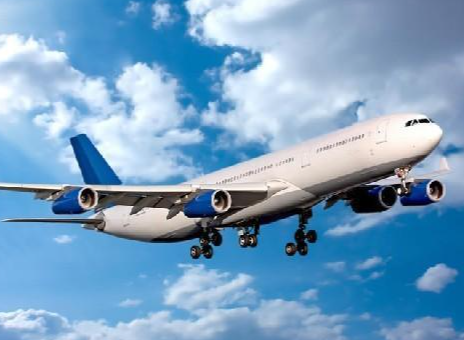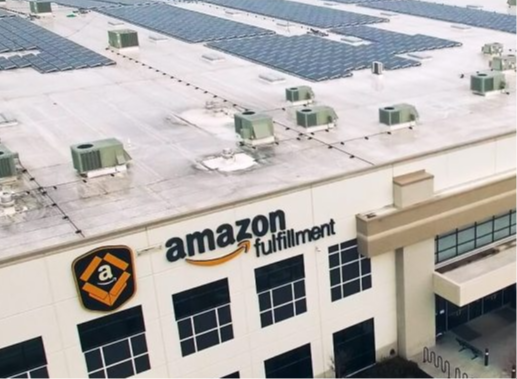FBA LCL Quote
FBA 40HQ FCL Quote
Are you struggling to choose the perfect overseas warehouse for your e-commerce business?
You're not alone. Whether you're working with a China freight forwarder or managing logistics on your own, finding the right fit can feel overwhelming. Let's break down everything you need to know to make the best choice for your business.
Understanding Different Warehouse Types (And Why It Matters)
Selecting the right type of warehouse is like choosing a business partner - it needs to match your operational style, budget, and growth plans.
Each warehouse type comes with its own unique advantages and trade-offs. Let's explore your options and find out which one aligns best with your business goals.

E-commerce Platform Warehouses (Like Amazon FBA)
Ever wondered why some sellers seem to dominate marketplace rankings? Platform warehouses might be their secret weapon. Here's what you get:
✨ Built-in Platform Integration: Your products get processed and shipped lightning-fast
📈 Better Visibility: Think higher search rankings and more "recommended" placements
🎯 Prime Eligibility: Tap into millions of Prime subscribers
Real-world example: A small electronics seller saw their sales jump 40% in their first month after switching to Amazon FBA, mainly due to Prime badge visibility.
Self-Operated Warehouses: Taking Control
Think of this as having your own overseas business headquarters. Is it right for you?
🎛️ Complete Control: Design your storage layout? Check. Set your own rules? Double-check.
💰 Long-term Savings: Higher upfront costs, but potentially better margins over time
⚠️ Management Challenge: You're the captain of this ship - exciting but demanding
Third-Party Warehouses: The Flexible Friend
Need a balance between control and convenience? Third-party warehouses might be your sweet spot:
🔄 Multi-Platform Support: Sell everywhere without the headache
📦 Comprehensive Services: From customs clearance to quality checks
💪 Scalability: Grow or shrink your storage needs as needed
Public Warehouses: Sharing Is Caring (And Saving)
Perfect for smaller businesses or those testing new markets:
👥 Cost Sharing: Split expenses with other businesses
🏃♂️ Quick Start: No major investment needed
📏 Standard Processes: Less flexibility, but proven systems
Bonded Warehouses: The Cash Flow Champion
Did you know you can delay import duties until you actually sell your products?
💵 Better Cash Flow: Pay duties only when products leave the warehouse
📋 Strict Compliance: Heavy regulation, but worth it for the right business
🎯 Ideal for: High-value goods or bulk imports
Service Types: Finding Your Perfect Match
Now that we understand the different warehouse types, let's dive into the various service models available.
The right service type can dramatically impact your operational efficiency and customer satisfaction. Think of these services as different tools in your logistics toolkit - each designed for specific business scenarios.
Full-Service Warriors
These warehouses do it all:
🎯 One-Stop Solution: Storage, fulfillment, returns - you name it
⚡ Quick Market Response: Perfect for fast-moving consumer goods
💪 Value Add: Some even handle product customization and packaging
Drop-Shipping Specialists
Running a lean operation? This might be your answer:
🚀 Speed Demons: Specialized in quick, single-item fulfillment
💰 Cost-Effective: Bulk shipping rates for individual orders
📦 No Inventory Headaches: Perfect for testing new products
Transit Pros
Think of these as your logistics pit stop:
🔄 Quick Turnaround: Minimal storage, maximum movement
🌐 Network Power: Great for complex international shipping routes
Cross-Docking Champions
When speed is everything:
⚡ Ultra-Fast Processing: Items barely touch the ground
🚛 Seamless Integration: Perfect for time-sensitive deliveries
After-Sales Heroes
Because the sale isn't the end of the story:
🛠️ Full Support: Returns, repairs, and refurbishment
💎 Perfect for: High-value items needing warranty service

Making Your Choice: Key Questions to Ask
Before you decide, ask yourself:
What's my monthly shipping volume?
How fast do my customers expect delivery?
What's my budget for warehousing?
Do I need special handling for my products?
Which markets am I targeting?
Pro Tips for Success
🎯 Start small with a flexible provider
📊 Track performance metrics religiously
🤝 Build relationships with multiple providers
📈 Regular review and optimization is key
Remember: The right warehouse partner can make or break your cross-border e-commerce success. Take your time, do your research, and choose a solution that can grow with your business.



